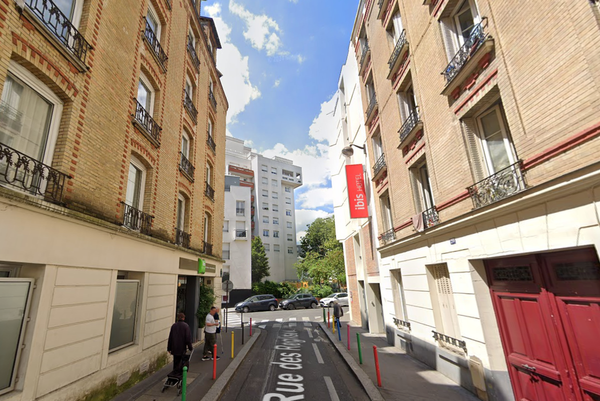The number of students enrolled in ACT public schools dropped for the second year running as private school numbers continued to grow strongly, ACT school census figures show.
The census conducted in February this year found 532 fewer students enrolled across public schools compared to 2022, as the number of students in non-government schools increased by 637.
The public school enrolment growth rate peaked in 2017 at 3.9 per cent.

The number of students dropped by 65 between 2021 and 2022 (-0.1 per cent) but this year's figures show a more significant drop of 1 per cent.
The number of students enrolled in Catholic systemic schools grew marginally by 59 students to a total of 15,505 students.
The strongest growth was seen in the independent school sector which grew by 579 students to a total of 16,219 students, which represents a 3.7 per cent increase on the previous year.
Homeschooling has also experienced strong growth. There were 465 students registered for home education, representing 12.6 per cent increase from the previous year.
The overall number of Canberra students grew by just 0.1 per cent in the previous 12 months after a period of consistent growth of about 2 per cent per year.
Private schools boom
Association of Independent Schools of the ACT acting executive director Joanne Garrison said the strong growth in the sector reflected parents desire to have a diversity of choice when it comes to selecting a school for their children.
"We're a very multicultural and socially mixed and multi-faith community," Ms Garrison said.
"Our 18 independent schools provide that choice through really the diversity of the types of schools that are available."
Enrolment growth has not been evenly distributed between private schools.
Some schools, such as Brindabella Christian College and Burgmann Anglican School, have grown strongly while others, including Orana Steiner School and Trinity Christian School, had a drop in numbers.
Marist College Canberra has grown by 15 per cent since 2018.
It added another 76 boys last year bringing the total year 4 to year 12 population to 1815.
Headmaster Matthew Hutchison said the independent Catholic school had increased fees and enrolments in response to the changes to government funding under the Gonski 2.0 review.
This has prompted changes to their pastoral care structures and the construction of extra classrooms to accommodate 250 extra boys.
"You can't get larger and then not provide the same quality of care," Mr Hutchison said.
While a single-sex education is not for everyone, Mr Hutchison said the school was able to cater for boys with its emphasis on direct instruction while offering a broad range of extra-curricular activities beyond "just sport".
"We're intentional in how we can help young men to be healthier and happier and essentially improve their lives for everyone around them including themselves," he said.
"It's a really challenging space to work in. Society tends to gravitate to what men are doing wrong. I think as a boys school, we're looking at what men are doing right so we can help them understand who they want to be in a healthy and a respectful manner."
The school has a policy of ensuring all students can read proficiently by the time they enter high school by offering one-to-one and one-to-three tutoring with a team of 15 qualified learning support staff.
Mr Hutchison said the school was planning to increase numbers slightly next year but would likely not go beyond 1860 students.
The school has four buses which collect students from the northside of Canberra where there are no all-boys independent schools.
"There's a beautiful tenderness in boys and it's so much shamed out of them. I never want our boys to be stoic men that don't show their emotions and can't express themselves," the headmaster said.
"I think in an all boys school, you can really be explicit in encouraging boys how to be healthier and happier and more gentle and more forgiving of each other."
Preschool enrolments drop
Total preschool enrolments dropped for the second consecutive year. The number of preschoolers fell by 490 between 2021 and 2022 and by a further 196 students from 2022 to 2023.
This reflects a drop in the number of births in the ACT in 2018 and 2019 when the majority of current preschool students were born.
An Education Directorate spokesman said the drop in public school enrolments could be attributed to a decline in preschool enrolments.
However, preschool enrolments grew in Catholic systemic schools by 2.4 per cent and independent schools by 4.8 per cent, while public schools saw a 5.8 per cent drop.
"With 61.4 per cent of all students enrolled in a public school in the ACT, Canberra families choosing public education has remained relatively stable over the trend data," the directorate spokesman said.
"Enrolment figures fluctuate over time and a short term decline in public school enrolments is not cause for concern (similar trends are being reported nationally, although the ACT changes are of a lesser magnitude), particularly given the latest population projections anticipate future growth."
We've made it a whole lot easier for you to have your say. Our new comment platform requires only one log-in to access articles and to join the discussion on The Canberra Times website. Find out how to register so you can enjoy civil, friendly and engaging discussions. See our moderation policy here.







